New Zealand’s unique geographical location has fostered the evolution of some of the world’s most exclusive wildlife.
Isolated from other land masses for millions of years, this archipelago is home to many species that can’t be found anywhere else.
From flightless birds to ancient reptiles, New Zealand’s fauna is as fascinating as it is diverse. This article explores 15 of these extraordinary animals, each with its own charm and story.
Discover the unique adaptations and captivating tales of these creatures that highlight New Zealand’s rich natural heritage.
Kakapo
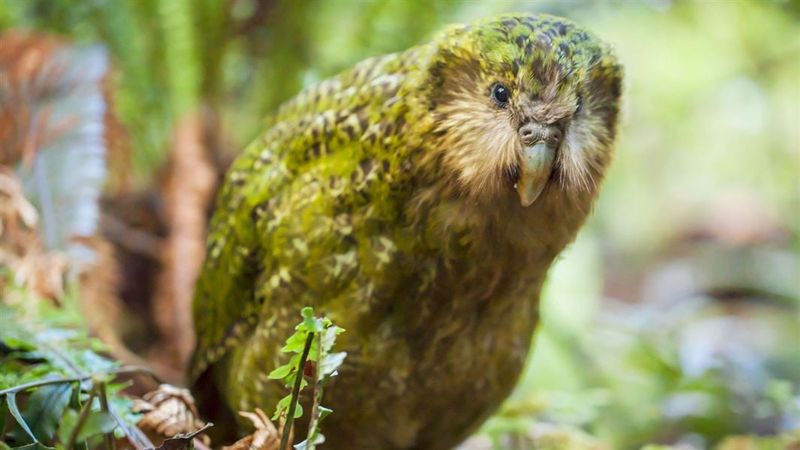
Imagine a parrot that weighs as much as a small cat and cannot fly. The Kakapo is a nocturnal marvel with its mossy green feathers blending into the forest floor. It has been wandering the forests for thousands of years, charming anyone who encounters it with its distinct appearance.
This quirky bird is one of the world’s heaviest parrots, and its booming mating call can travel for miles.
Conservation efforts have been vital in protecting this critically endangered species. The Kakapo’s story is a testament to the unique biodiversity of New Zealand.
Kiwi
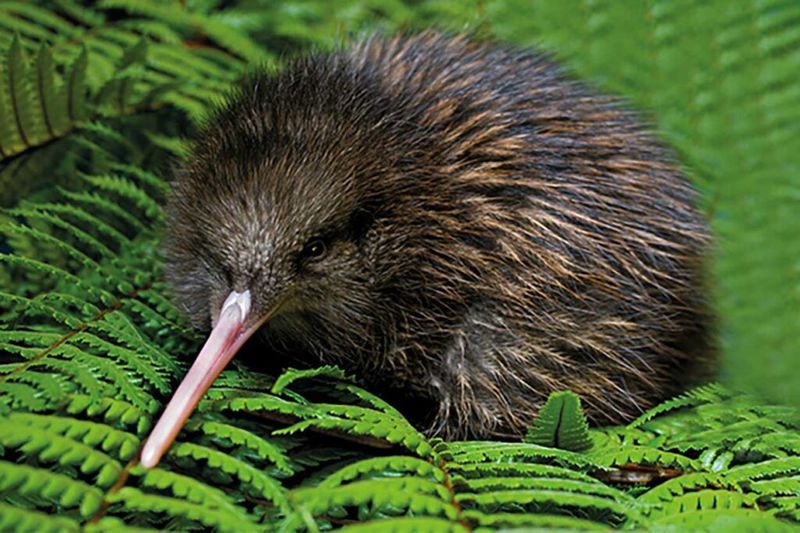
Known as the national symbol, the Kiwi is a peculiar bird that encapsulates New Zealand’s spirit. With its round body, long beak, and tiny wings, it is an oddity in the avian world.
Kiwis are nocturnal creatures, using their keen sense of smell to hunt insects in the underbrush. Despite their flightlessness, they are agile on the ground.
Endemic to New Zealand, their populations have declined, leading to intensive efforts for their protection. The Kiwi’s distinctiveness is matched only by the affection it inspires in locals.
Tuatara
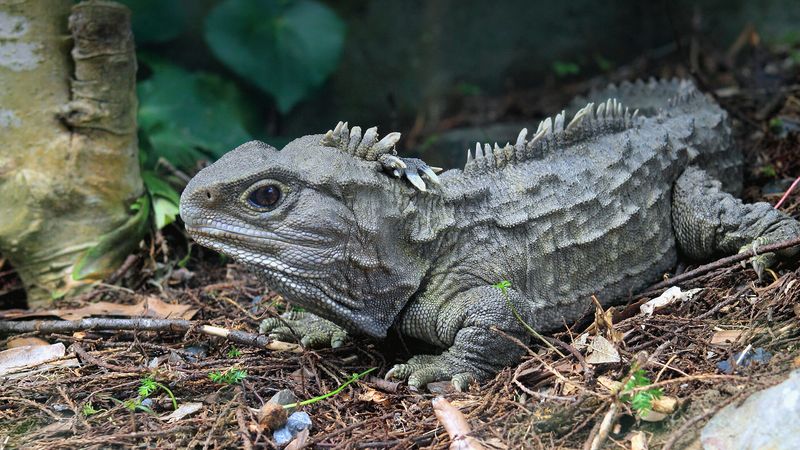
With origins tracing back to the time of dinosaurs, the Tuatara is a living relic of an ancient age. This reptile is not a lizard, despite appearances, but a unique lineage that has survived the test of time.
Found only in New Zealand, the Tuatara’s third eye, a light-sensitive patch, is a peculiar feature that adds to its mystique.
Conservation areas have been established to ensure their survival, as they are vulnerable to introduced predators. Their presence is a window into the ancient world.
Kea

Renowned for its intelligence and curiosity, the Kea is a parrot that thrives in the harsh alpine environments of New Zealand. Its olive-green feathers and striking orange underwings are a sight to behold.
These birds are known to interact playfully with visitors, often exploring campsites and cars.
Despite their charm, Keas face threats from predators and habitat loss. Conservation measures are crucial to preserving this unique avian species. They exemplify the adventurous spirit of New Zealand’s wildlife.
Hoiho
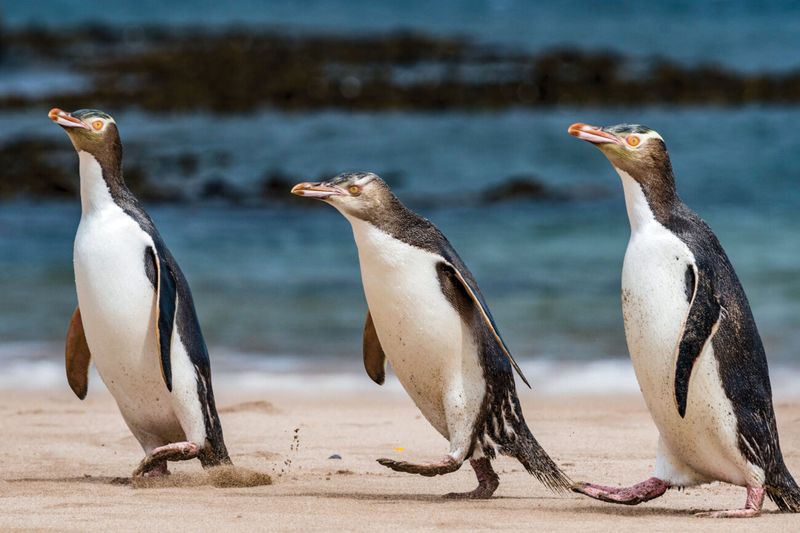
The Hoiho, or Yellow-eyed Penguin, is an elegant resident of New Zealand’s rugged coastlines. With its striking yellow eyes and band of soft feathers, it stands apart from other penguin species.
These solitary birds are known for their shyness and distinct trumpeting calls. They spend their days fishing in the ocean and return to land for nesting.
Endangered and facing threats from human activity, the Hoiho’s plight has drawn attention to the need for conservation. Their presence is a reminder of New Zealand’s unique marine life.
Weta

The Weta is a testament to nature’s eccentricity, with its robust body and lengthy antennae. This insect comes in various shapes and sizes, from the large Giant Weta to the more modest Cave Weta.
Endemic to New Zealand, Wetas inhabit forests, caves, and even gardens. They play vital roles in pollination and as prey for native birds.
Despite their fearsome appearance, these insects are harmless to humans. Wetas are an essential part of the native ecosystem, showcasing New Zealand’s incredible biodiversity.
Blue Duck
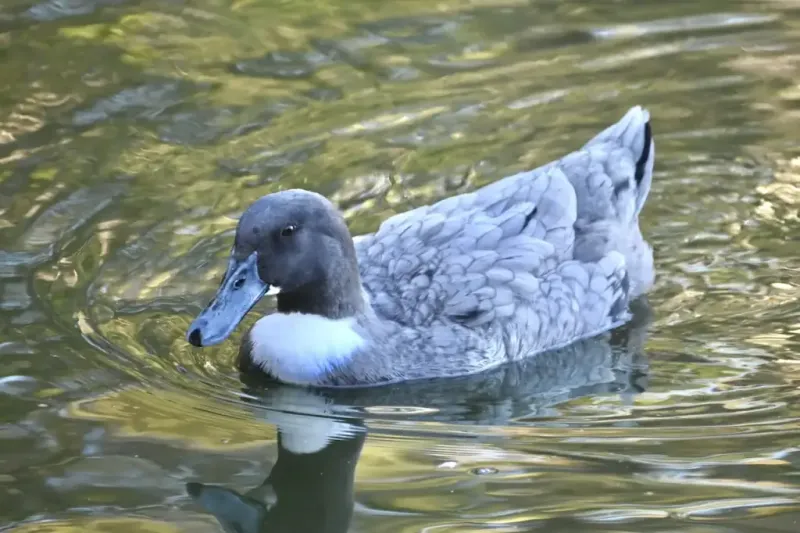
The Blue Duck, or Whio, is a riverine specialist, thriving in New Zealand’s swiftest streams. Its blue-grey plumage and distinctive whistle make it an emblem of the country’s natural heritage.
These ducks are excellent swimmers, using powerful webbed feet to navigate turbulent waters.
Facing threats from habitat loss and predators, conservation efforts have been pivotal in safeguarding their populations. The Blue Duck’s presence in New Zealand is a testament to nature’s adaptability and resilience.
Takahe
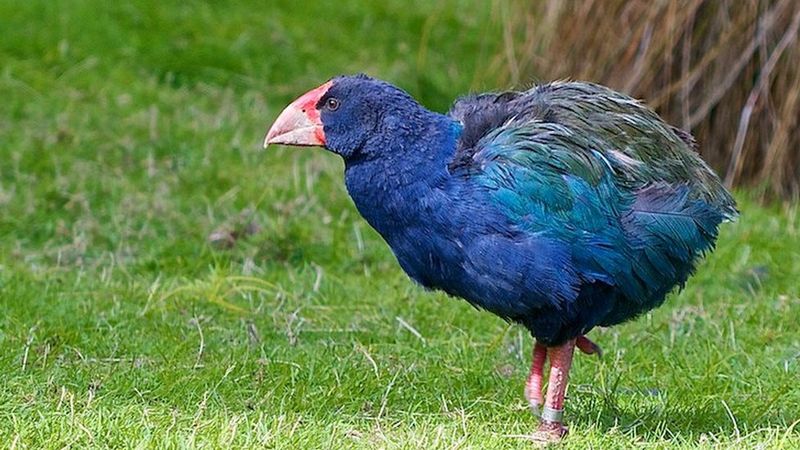
Once thought extinct, the Takahe is a story of rediscovery and resilience. This flightless bird boasts vibrant blue and green plumage, reminiscent of a bygone era.
Found only in the South Island, they graze on tussock and other vegetation. Takahe were rediscovered in 1948, sparking intensive conservation initiatives.
Their survival is a symbol of hope and determination in the face of adversity. The Takahe represents New Zealand’s commitment to preserving its unique wildlife.
Fantail
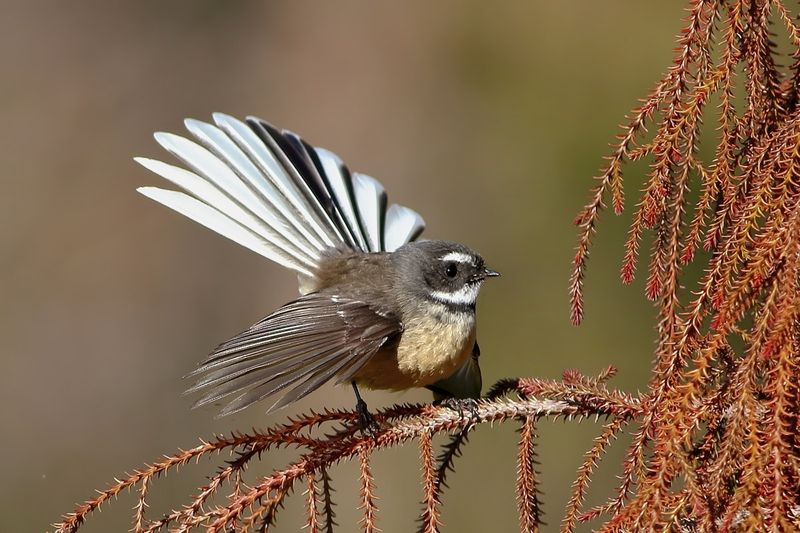
The Fantail is a delightful acrobat of the forest, with its fan-shaped tail and cheerful song. These small birds are constantly on the move, flitting through trees in search of insects.
Their agile flight patterns make them a joy to watch as they twist and turn with ease. Fantails are masters of aerial maneuverability.
Found throughout New Zealand, they are cherished by locals for their friendly nature. The Fantail’s presence is a vibrant part of the country’s avian tapestry.
Morepork
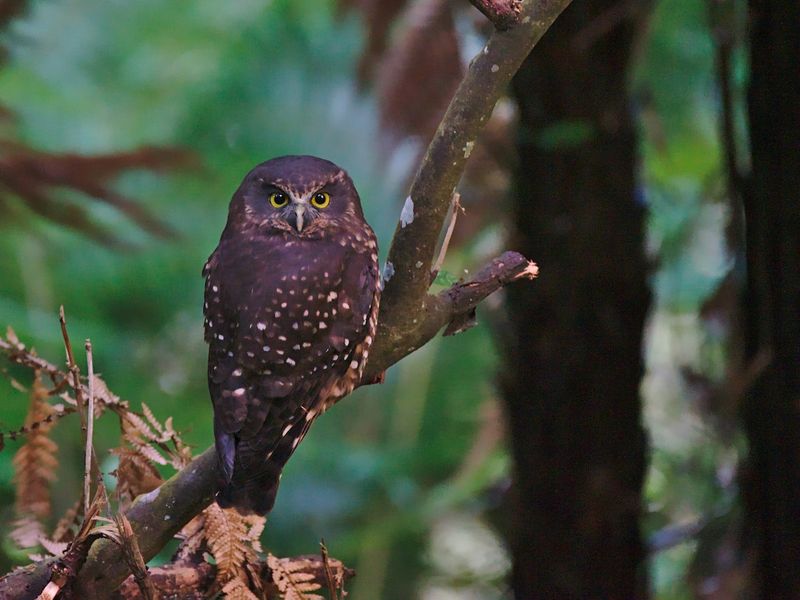
Morepork, or Ruru, is New Zealand’s native owl, known for its distinctive call that echoes through the night. With its bright yellow eyes and soft plumage, this owl is a nocturnal hunter.
Moreporks inhabit forests and woodlands, where they prey on insects and small mammals. Their haunting hoots are a familiar sound in the New Zealand night.
These owls are celebrated in Maori culture and remain a symbol of wisdom and protection. Moreporks are a cherished part of the nocturnal landscape.
Kokako
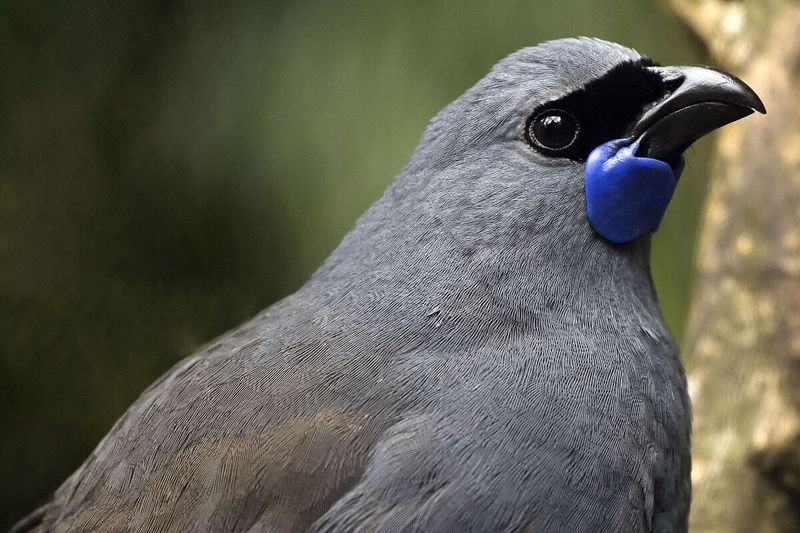
The Kokako’s flute-like song is a melody of New Zealand’s mystical forests. This grey bird, adorned with a striking blue wattle, is an elusive treasure of the avian world.
Kokakos are arboreal, spending much of their time in the tree canopy, where their songs resonate. Their presence is a rare and enchanting experience.
Conservation efforts focus on protecting habitats and controlling predators. The Kokako’s survival is a testament to New Zealand’s conservation success stories.
New Zealand Fur Seal
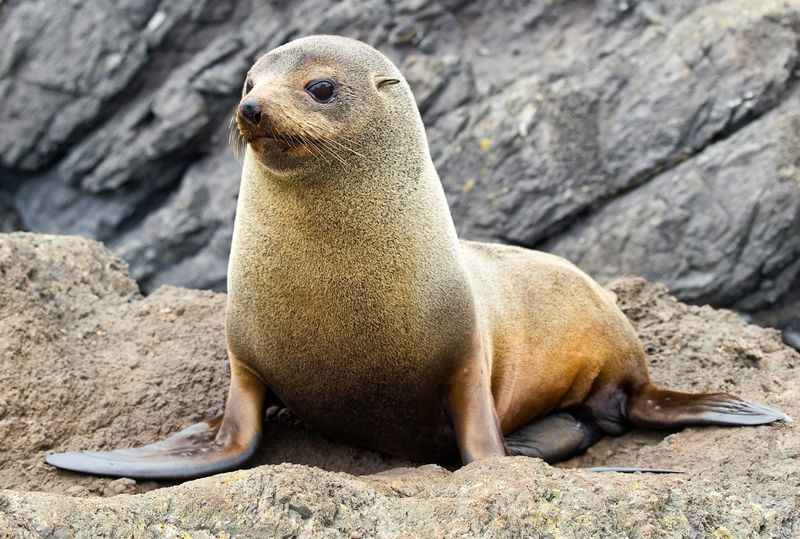
The New Zealand Fur Seal is an adept swimmer, known for its playful antics in the water. With its sleek, dark fur and agile movements, it’s a coastal icon.
These seals form colonies along the rocky shores, where they socialize and raise their young.
Although once hunted, their populations have rebounded due to protection. The New Zealand Fur Seal embodies the resilience of marine life in the region.
Kaka
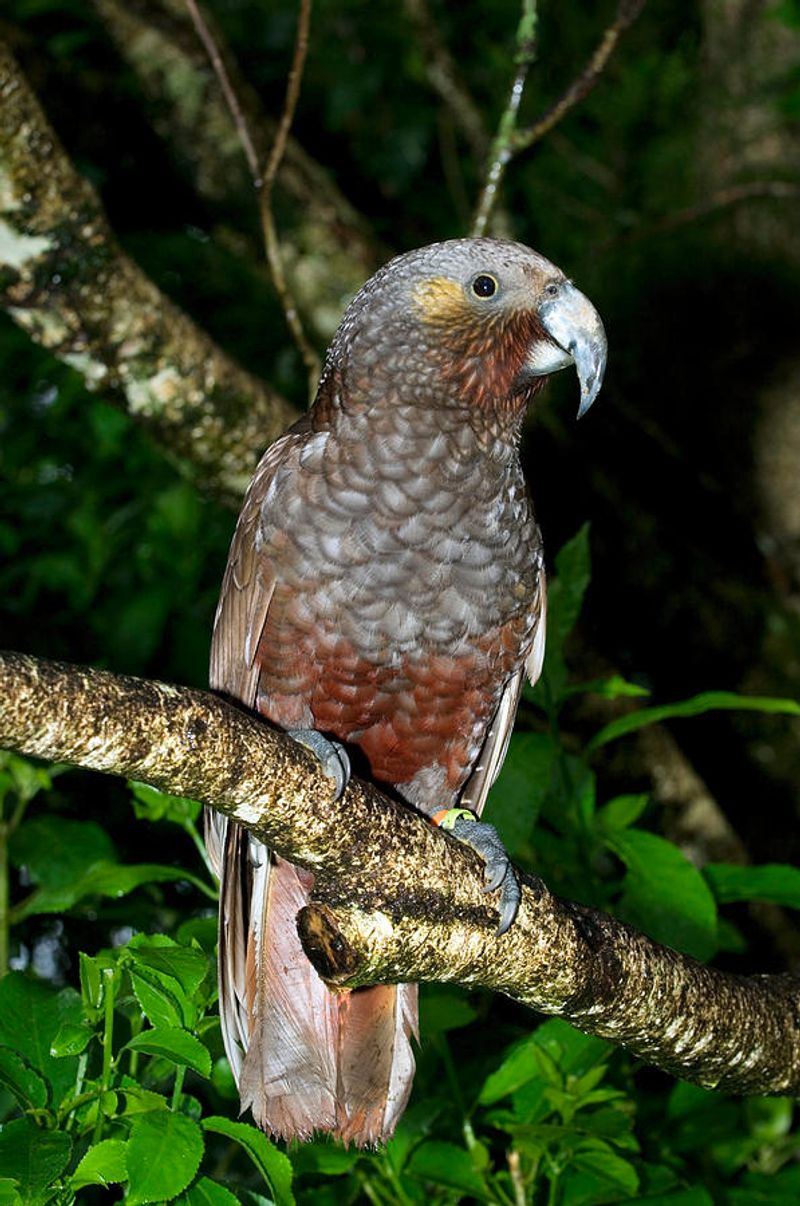
Kaka, the forest sentinel, is a lively parrot with an olive-brown hue. Known for its raucous calls and playful nature, this bird is a forest dweller.
They are social creatures, often seen in flocks, feeding on fruits and nectar. Kaka’s interactions with their environment showcase the rich biodiversity of New Zealand.
Efforts to restore their numbers include predator control and habitat restoration. The Kaka’s presence adds vibrancy to the forest soundscape.
Black stilt
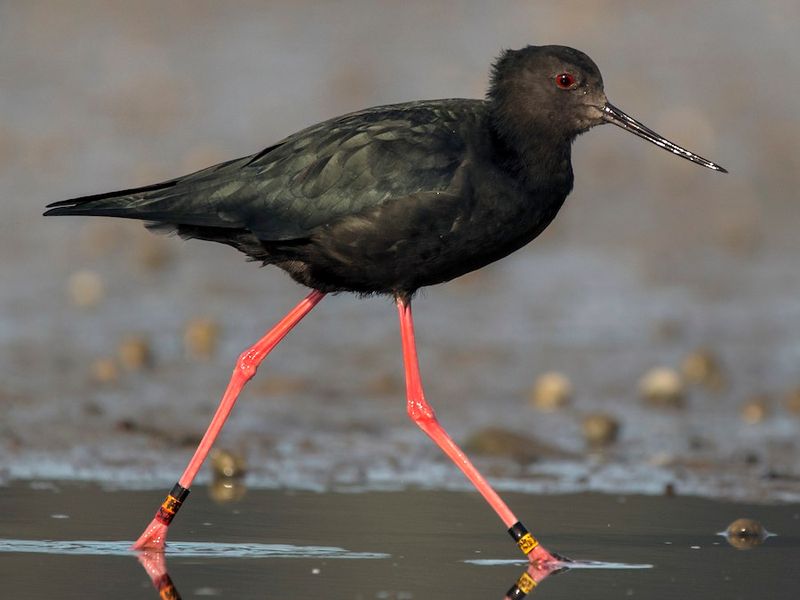
The black stilt (Himantopus novaezelandiae) is a striking symbol of New Zealand’s unique and fragile biodiversity. Endemic to the South Island, this elegant bird—entirely black with long pink legs—is also one of the world’s rarest wading species.
Once widespread, black stilts now survive in only a few remote wetlands, threatened by habitat loss, invasive predators, and hybridization with the more common pied stilt. Fewer than 200 remain in the wild.
Thanks to intensive conservation efforts, including captive breeding and predator control, their numbers are slowly increasing. But the black stilt’s survival remains a race against time—an urgent reminder of what’s at stake in preserving Earth’s endemic wildlife.
Powelliphanta Snail
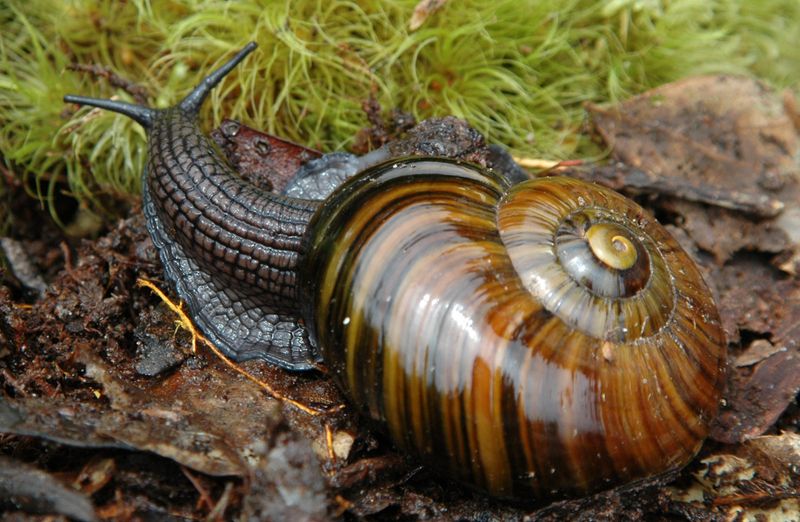
Imagine a snail with the size of a man’s fist, gliding silently through New Zealand’s misty forests. The Powelliphanta snail is a giant among its kind, boasting a shell with intricate patterns and a glossy surface. Despite their slow pace, these snails are voracious predators, feasting on earthworms with a surprising ferocity.
These nocturnal creatures prefer the damp undergrowth, where they remain hidden during the day. Each snail’s shell tells a story of time, with growth rings marking years of survival in a delicate ecosystem. Powelliphanta snails are a testament to nature’s artistry in New Zealand.

